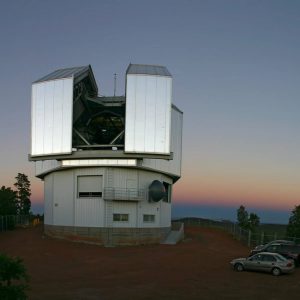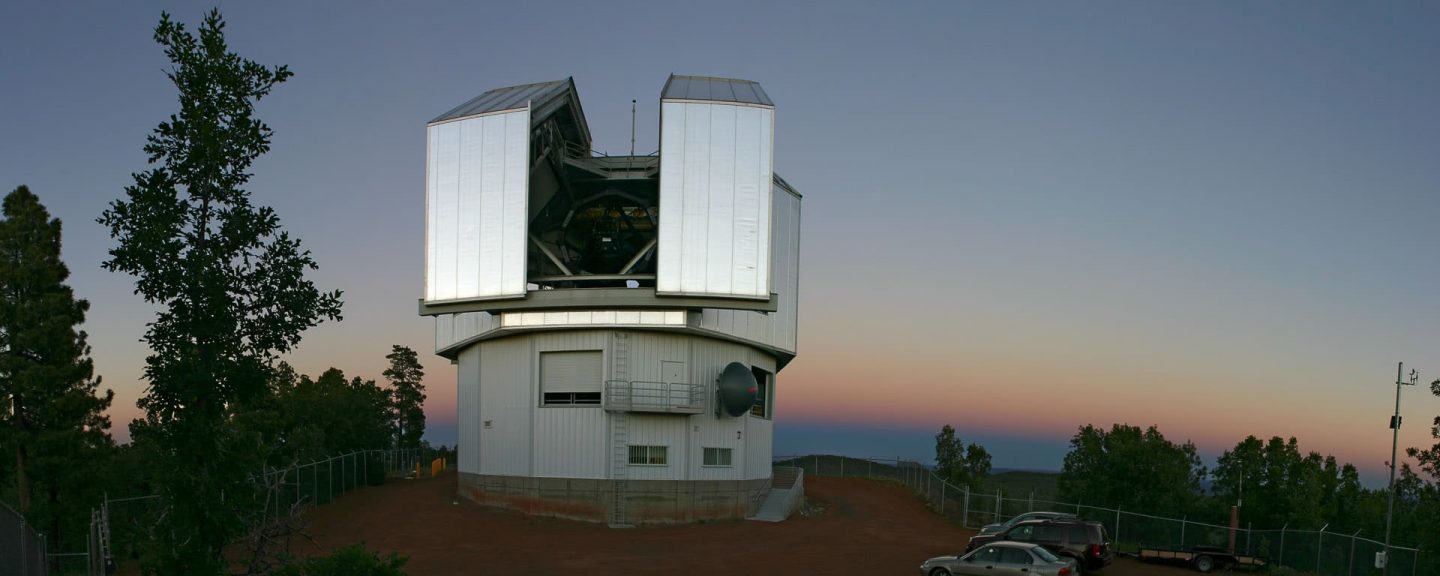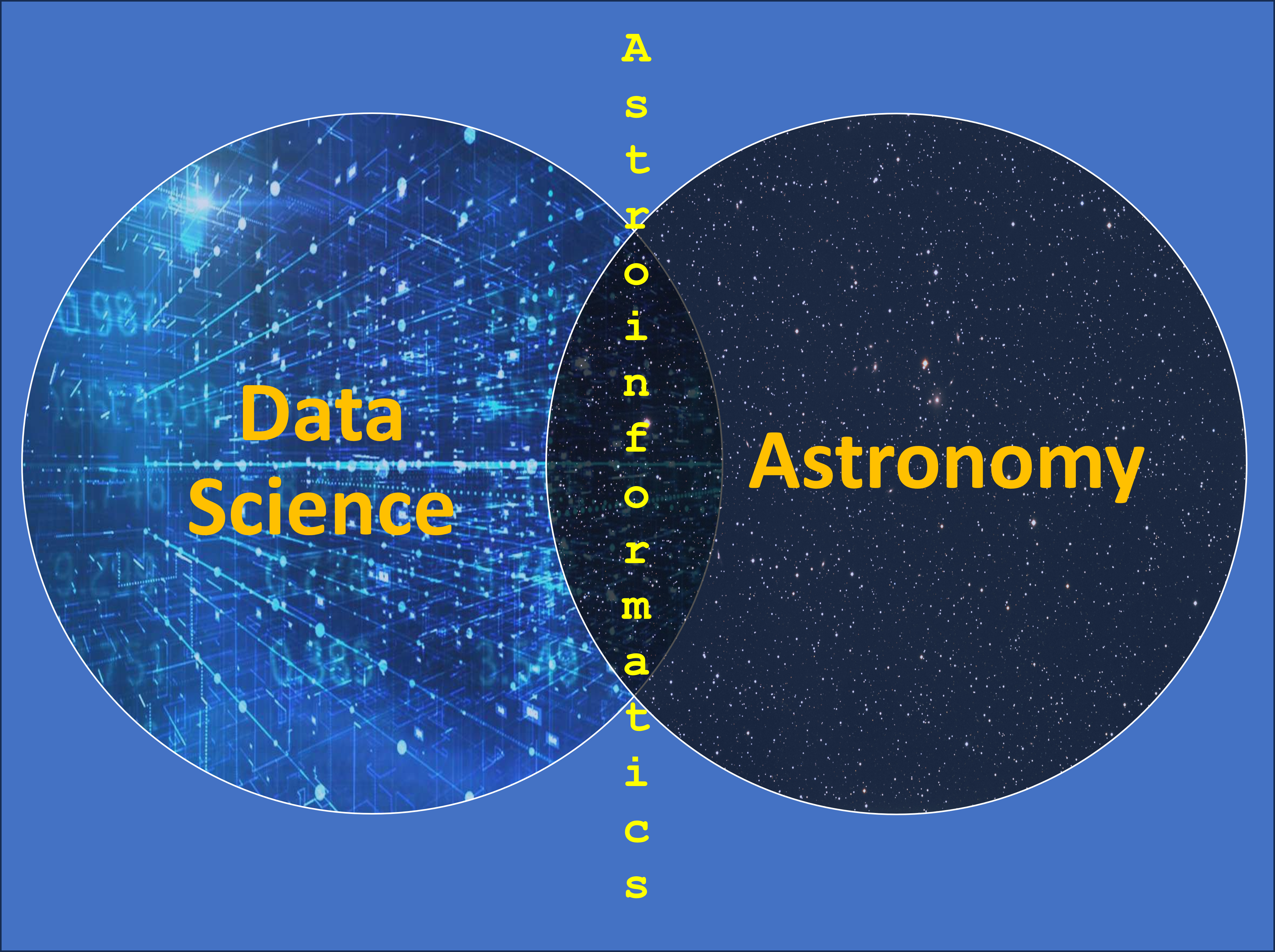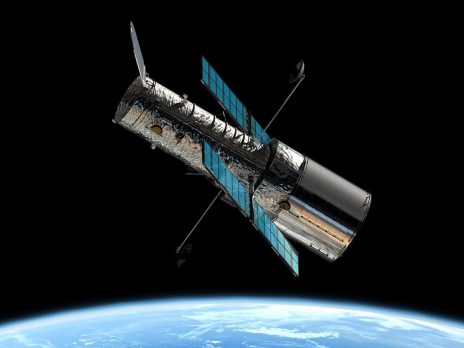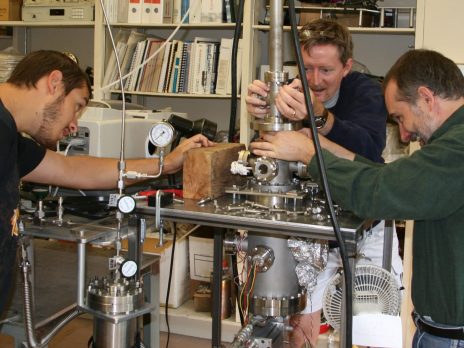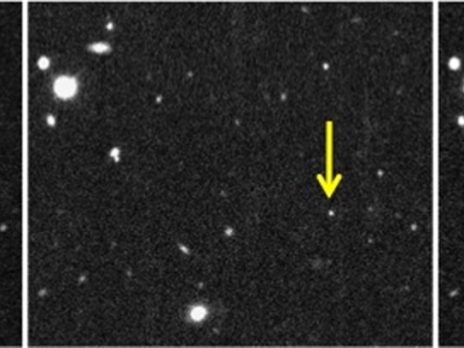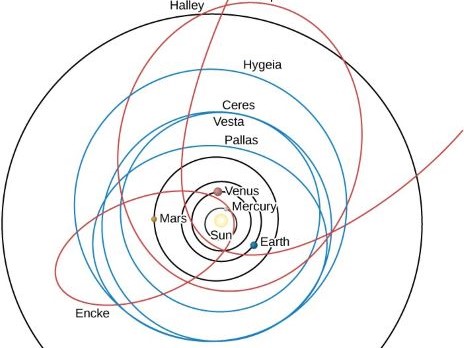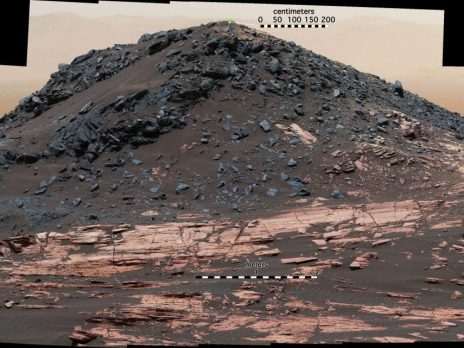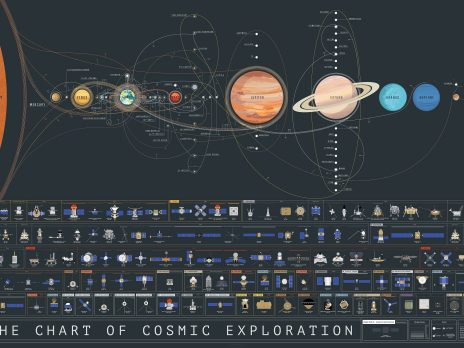Astronomy and Planetary Science
The universe is awaiting your exploration
The Department of Astronomy and Planetary Science at Northern Arizona University offers various bachelor’s degrees, and a doctoral degree.
The department has a small, family feeling. At NAU, your instructors will know you by name; they are easily accessible, and they genuinely care about student success. Lecture courses are taught almost exclusively by full-time faculty. Both undergraduate and graduate students are routinely and deeply involved in faculty research.
– graduate who is now a PhD
Our Classroom is the Cosmos!
Join us: we’re looking for a few good students!
NAU aims to be the nation’s preeminent engine of opportunity, vehicle of economic mobility, and driver of social impact by delivering equitable postsecondary value in Arizona and beyond.
Northern Arizona University sits at the base of the San Francisco Peaks, on homelands sacred to Native Americans throughout the region.
We honor their past, present, and future generations, who have lived here for millennia and will forever call this place home.
Explore our degrees
Research spotlight
Food grows better on the moon than on Mars, scientists find
Northern Arizona University student studies comet trajectories through work at Lowell Observatory
How to find a comet before it hits Earth
Crater on Mars named after former NAU department head

Colloquium
April 14, 3:45 pm
JWST Spectroscopy of the Parent Body of the Polana Collisional Family
Physical Sciences (Bldg. 19), Rm. 103
Subscribe to Our Colloquium Notification List
Syllabi for the Current Semester's Courses
